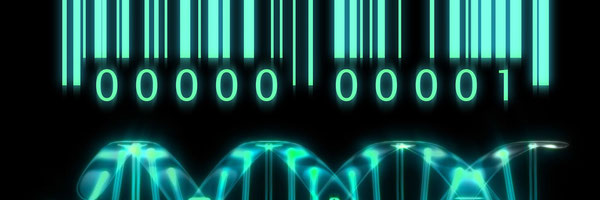Life's Barcode: Exploring Synthetic DNA Applications
Grade 10
Presentation
Problem
This project will explore how DNA barcoding works and its different applications. This would be a research project.
Method
Since this is a research project, both team members will contribute research they have compiled together into the logbook. Once a week, we reconvene together and discuss our findings, as well as what we should research next to advance our project forward.
Research
During our research process, we came across enriching information that we summarized for it to be understandable to others. We first researched background information that will allow us to build on top of it, such as explaining DNA barcoding and how it works. After we had established the background information, we were able to build on top of it by researching different applications, how they use DNA barcoding, as well as there flaws and solutions to those flaws.
Data
The data that we received from this project was in the form of information, as this project was not a experimental project.
Conclusion
Synthetic DNA barcoding is a promising technology that can be used for authentication, tracking, and species identification. However one of the biggest challenges is ensuring that DNA remains stable and does not degrade over time. Our research focuses on finding ways to protect DNA barcodes from environmental damage using coatings that improve their durability. The study we analyzed showed that oligolysine-based coatings help preserve DNA, making barcoding more reliable for real-world applications. For our final presentation piece, we will explore this research further, focusing on how scientists can improve DNA stability to overcome one of the leading issues in synthetic DNA barcoding (DNA degradation). This could lead to advancements in species identification and more.
Citations
We used many resources such as the National Library Of Medicine and Research Gate, but all of the other sources are sited in our logbook.
Acknowledgement
We extend a huge thanks to our mentoring teachers, Ms. Kim O-Keefe, Ms. Caitlin Seliga and Ms. Cara Johnson, for providing full support throughout our journey in this project.

